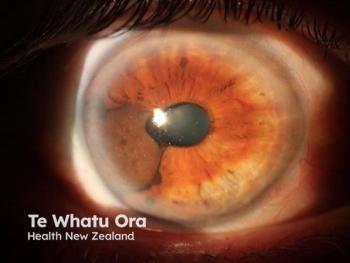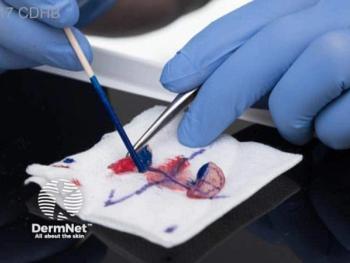
Are your patients sunscreen savvy?
A recent survey shows that many consumers are confused about sunscreen labeling claims regarding sun protection factor (SPF), allergenicity and other features.
However, respondents of a recent study published in
RELATED:
“As dermatologists, we know that sunscreen is an important tool for skin cancer prevention. Yet sunscreen is hard to shop for,” says Ingrid Polcari, M.D., senior author and assistant professor, Division of Pediatric Dermatology, and director of the Dermatology Residency Program at the University of Minnesota Medical School. “The labeling can be quite confusing. The study showed that consumers are very confused about what’s on the label.”1
Sunscreen labels often include terms like baby/child-safe, natural or organic, hypoallergenic and dermatologist-recommended.
“Sunscreen is to some extent regulated by the FDA because it’s considered a product that’s used to prevent disease; in this case, skin cancer. So the FDA regulates some parts of the label, but not these additional claims. At least not yet,” she says.
Investigators recruited 496 attendees of the 2019 Minnesota State Fair to take a 31-question survey testing their “Sunscreen IQ.” Most respondents were at least 40 years old (72.0%), female (64.9%) and Caucasian (89.3%). More than 50% reported experiencing at least one previous dermatology visit or prior sunscreen counseling by a healthcare provider. The population also included 57 participants (11.5%) who reported a personal history of skin cancer, most commonly basal cell carcinoma (50.0%).
Only 8.3% of respondents knew that the baby/child-safe claim has no evidence or established definition behind it. And 9.4% knew that the natural/organic claim was similarly baseless. Slightly less than half of participants knew that FDA testing does not prove that a sunscreen is hypoallergenic.
Only 11.8% of participants knew that SPF measures UVB; 29.8% identified “broad-spectrum” as an indicator of UVA and UVB protection. Around half of respondents erroneously believed that “dermatologist-recommended” or “clinically-proven” sunscreens were endorsed by the American Academy of Dermatology (AAD). And only 37.9% of respondents correctly identified the average amount of sunscreen required for a swimsuit-wearing adult — 1 ounce.
RELATED:
In logistic regression analysis, several factors were associated with significantly improved sunscreen knowledge: age ≥ 40 years, white race, Fitzpatrick skin type I-II, a bachelor’s degree or higher, previous dermatology visits and prior sunscreen counseling.
Because even a single visit to a dermatologist positively impacted respondents’ sunscreen knowledge, says Dr. Polcari, dermatologists are doing something right.
“We are helping to counsel our patients about what to look for on a sunscreen bottle,” she says.
The AAD recommends that consumers seek SPF ≥ 30, broad-spectrum protection and, if swimming or sweating, water resistance.
Study limitations include possible selection bias resulting in a high proportion of female respondents over age 40, use of a non-validated survey and the inherent variability of sunscreen labeling claims. Study strengths include its size and the variety of skin types represented. The proportions of respondents with skin types II and III were 42.3% and 35.1%, respectively.
“The FDA has already proposed that sunscreen labels should be clarified and easier to understand,” Dr. Polcari adds. New sunscreen rules proposed under the Sunscreen Innovation Act were not finalized in late 2019 as planned because the FDA is still gathering information about sunscreen absorption2 and other factors.
RELATED:
“Part of the reason we performed the study was to see how problematic these labels were. Our findings support the FDA’s efforts in, hopefully, further regulating and clarifying these labels so that consumers are in a better position to know what their product is doing and are not misled by claims on the labels.”
Disclosures: Dr. Polcari reports no relevant financial interests. The study was funded by the University of Minnesota Department of Dermatology.
References:
1. Voller LM, Polcari IC. Public misperceptions of common sunscreen labeling claims: a survey study from the Minnesota State Fair. J Am Acad Dermatol. 2020;83(3):908-910.
2. Matta MK, Florian J, Zusterzeel R, et al. Effect of sunscreen application on plasma concentration of sunscreen active ingredients: a randomized clinical trial. JAMA. 2020;323(3):256-267.
Newsletter
Like what you’re reading? Subscribe to Dermatology Times for weekly updates on therapies, innovations, and real-world practice tips.

















